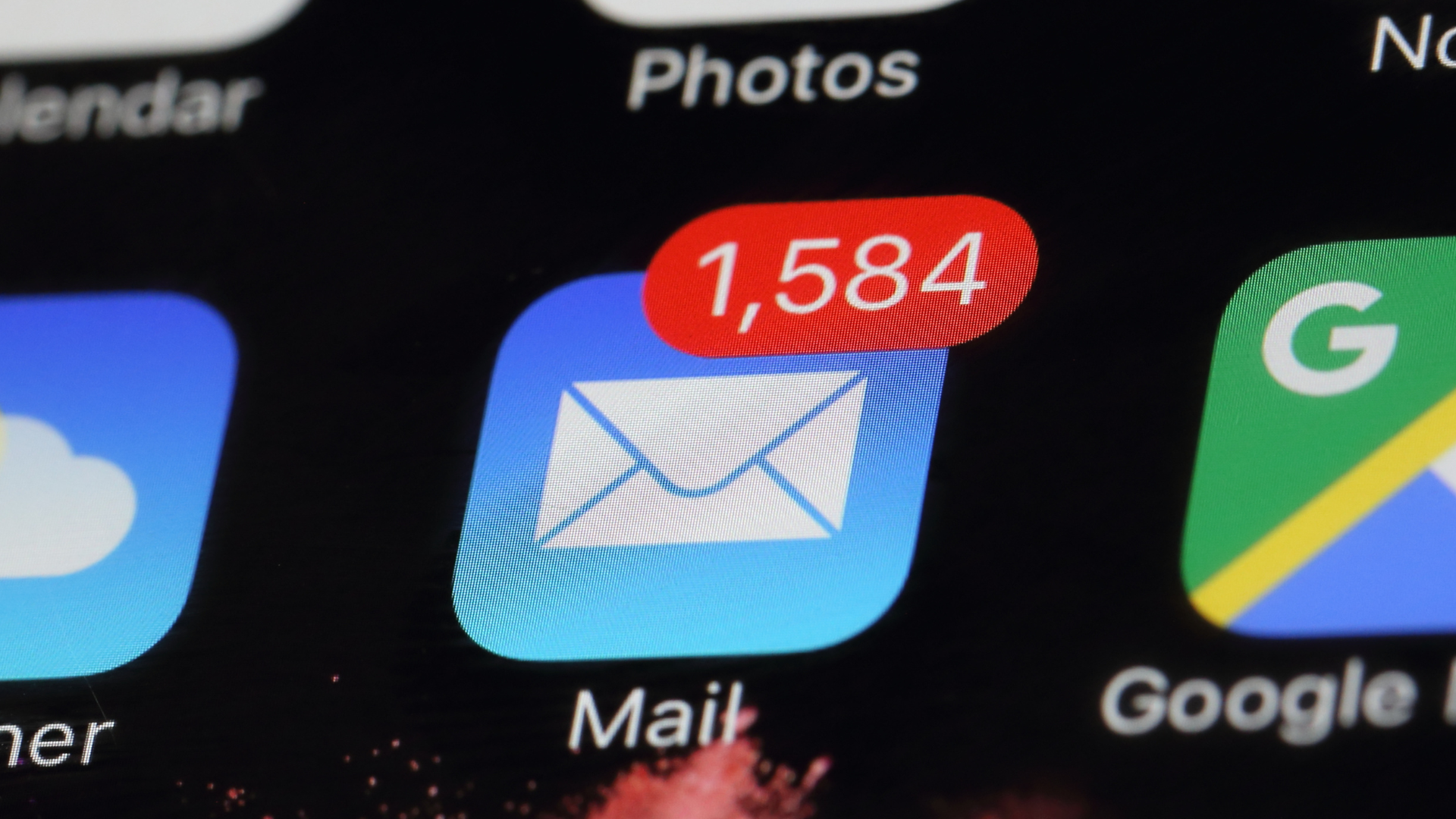Federal student loan payments have been suspended, interest-free, since the advent of the pandemic in March 2020. The payment suspension is currently scheduled to end on May 1, 2022 after being extended five times since 2020. As part of the overall work that The Center for Community Solutions is engaged with related to the “unwinding” of the public health emergency and our efforts to mitigate as many harmful impacts to people as possible, we’ve been examining the suspension of payments on federal student loans and the related temporary efforts to improve the Public Service Loan Forgiveness (PSLF) program. We are partnering in this work with Advocate for Ohio’s Future, which is leading a statewide effort focused on the COVID Recovery.
Federal student loan payments have been suspended, interest-free, since the advent of the pandemic in March 2020.
In the midst of the pandemic and the payment suspension, President Joe Biden was elected and the political make up of Congress shifted, changing the broader conversation around how to approach student loans from a policy standpoint. This is true of many of the programs and services impacted by the public health emergency. Let’s back up a bit to recap the winding journey many student loan borrowers have experienced throughout the pandemic and even before.
The CARES Act and student loan forgiveness
As it became clear that COVID-19 was going to dramatically impact the health and well-being of everyone across the country, Congress and former President Donald Trump passed and signed into law the Coronavirus Aid, Relief, and Economic Security (CARES) Act in March 2020 to help across nearly every sector of society; this included relief from federal student loan payments. This provision included not only a payment suspension, but a reduction of the interest rate to 0% and each month of non-required payments still counted as a month of payments toward existing federal loan forgiveness programs, including Public Service Loan Forgiveness.
The U.S. Department of Education recently advised student loan servicers to hold off on providing notification to borrowers about payments restarting in May.
This payment suspension and 0% interest rate has remained in place since March 2020. The suspension has been extended several times by both by former President Trump and by President Biden and is currently set to end on May 1, 2022. There are some indications that the payment pause may be further extended to allow time for decisions about some level of broader loan forgiveness and to make important, structural changes that would improve the federal student loan system and process overall. The U.S. Department of Education recently advised student loan servicers to hold off on providing notification to borrowers about payments restarting in May.[1] Community Solutions is closely monitoring this information and will provide an update in a future blog post.
Payment delinquencies expected to increase when student loan payments resume
Studies throughout the course of the pandemic, including a recent study from the Federal Reserve Bank of New York[2], show that if/when payments resume there will be a rise in payment delinquencies. This is an important consideration in the midst of many other pandemic related supports are expiring concurrently, stretching household budgets even thinner. In addition to these challenges to household budgets, the barriers to communicating with student loan servicers are well-documented and two major student loan services, FedLoan Servicing and Navient, are exiting the business.
Every borrower whose loans are currently managed by these servicers is in the process of being transferred to other companies. All of this is to say, there are many more considerations in the decision to restart student loan payments. And this is leaving aside the significant changes underway in the PSLF program that impact anyone who works in public service (public or nonprofits sectors) and are tracking payments toward loan forgiveness after 120 payments. The next blog on this topic will dive into that program.
It is just as important to ensure that loan servicers have up to date contact information for borrowers so that they’re receiving important messages about their loans.
Three things student loan borrowers need to do while they wait
In the meantime, it is important to ensure that anyone who has federal student loans is staying up to date on the latest news on the payment pause and restart date. It is just as important to ensure that loan servicers have up to date contact information for borrowers so that they’re receiving important messages about their loans. And, from personal experience, make sure to save documentation related to student loans and check your account with your borrower and on the Department of Education website.
[1] https://www.npr.org/2022/03/14/1085707282/student-loan-payments-extension
[2] https://libertystreeteconomics.newyorkfed.org/2022/03/student-loan-repayment-during-the-pandemic-forbearance/




.png)
.png)

.png)
.png)